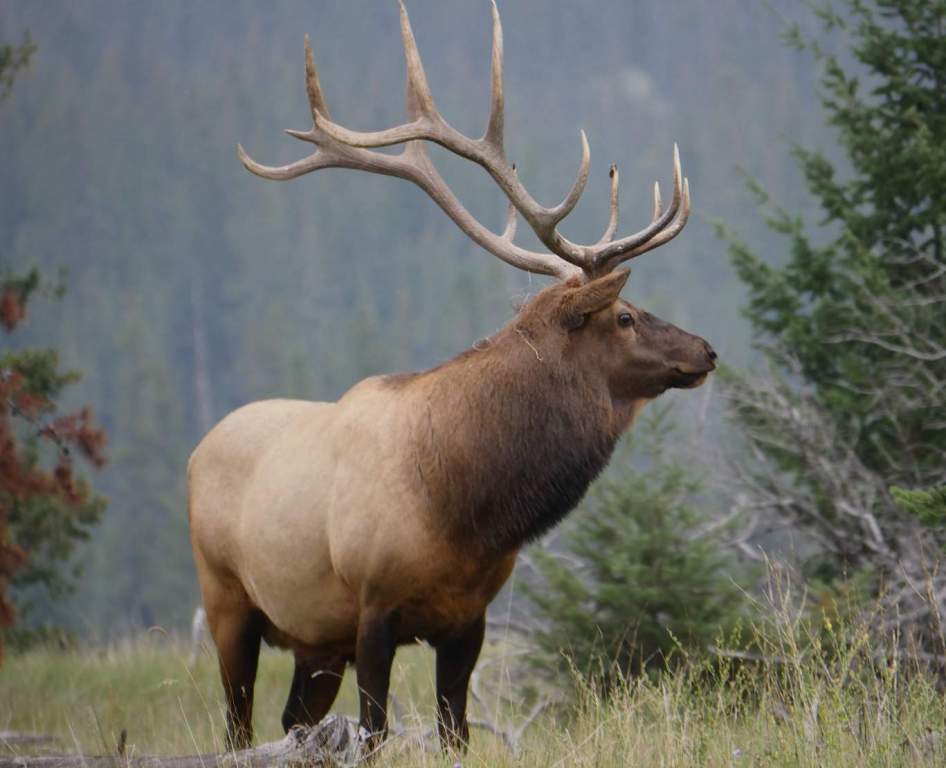The Wapiti (Cervus canadensis) is the lordliest of all true deer. Among all the beasts of the chase, there is none more stately or more imposing, and none that yields a fine trophy to the hunter. It is essentially a gigantic Scotch stag, or, rather, the stag and the wapiti are the extreme forms of several red deer races, which succeed one another in tolerably regular gradation as we pass from west to east through temperate portions of Europe, Asia, and North America.
Habitat: The white hunters throughout its range invariably called the wapiti “elk.”. The name was given by the settlers, first encountered it near the Atlantic coast a few centuries ago.
Historically, no game animal in North America, except the common or white-tailed deer, was so widely distributed as the wapiti. This is because its habitat was generally the same as bison habitat but extended further west and east. It abounded throughout the Alleghany ranges in the eighteenth century. It was very plentiful between them and the Mississippi during the Revolutionary War. Like other large game, however, it vanished quickly before the arrival of the rifle-bearing settler.
By the beginning of the present century, it had become practically extinct in most regions east of the Mississippi, except in some spots just south of the Great Lakes and in a small stretch of the Pennsylvania mountains, where the last individuals lingered until after the Civil War. During the first half of the century, Wapiti abounded on the vast plains. All the early explorers witnessed the abundance of the massive herds, though they were not found in such incredible myriads as bison.
The conspicuous animals often run down like excellent horses; they are killed off much sooner than a deer or an antelope. Like the bison, they were practically exterminated from the plains early in the eighties, except in isolated tracts here and there. They are now limited to the wooded mountains of the Rockies and the Cascades, where they are still abundant. Indeed, there are parts of western Wyoming, Montana, Colorado, and Washington where they are almost as plentiful as ever.
Characteristics—the wapiti is highly polygamous, and during the rut, the master bulls gather vast harems about them and do fierce battles with one another. The weaker bulls are driven off by themselves. At this time, the bulls are comparatively easy to approach because they are very noisy and constantly challenge one another by night and day. Settlers and hunters usually describe their challenge as ‘‘whistling,” but this is a very inadequate description. The challenge consists of several notes, first rising and then falling.
Heard nearby, especially in unattractive surroundings, it is not particularly impressive, varying in tone from a squeal to a roar and ending with grunts. However, when it is close, it is one of the most musical sounds in nature, sounding like some beautiful wind instrument. Nothing makes hunters leap and thrill like the challenge of a wapiti bull, as it comes pealing down under the great archways of the mountain pines through the still, frosty fall weather, all the more if it be at night, under the full moon, and if there is light snow on the ground.







